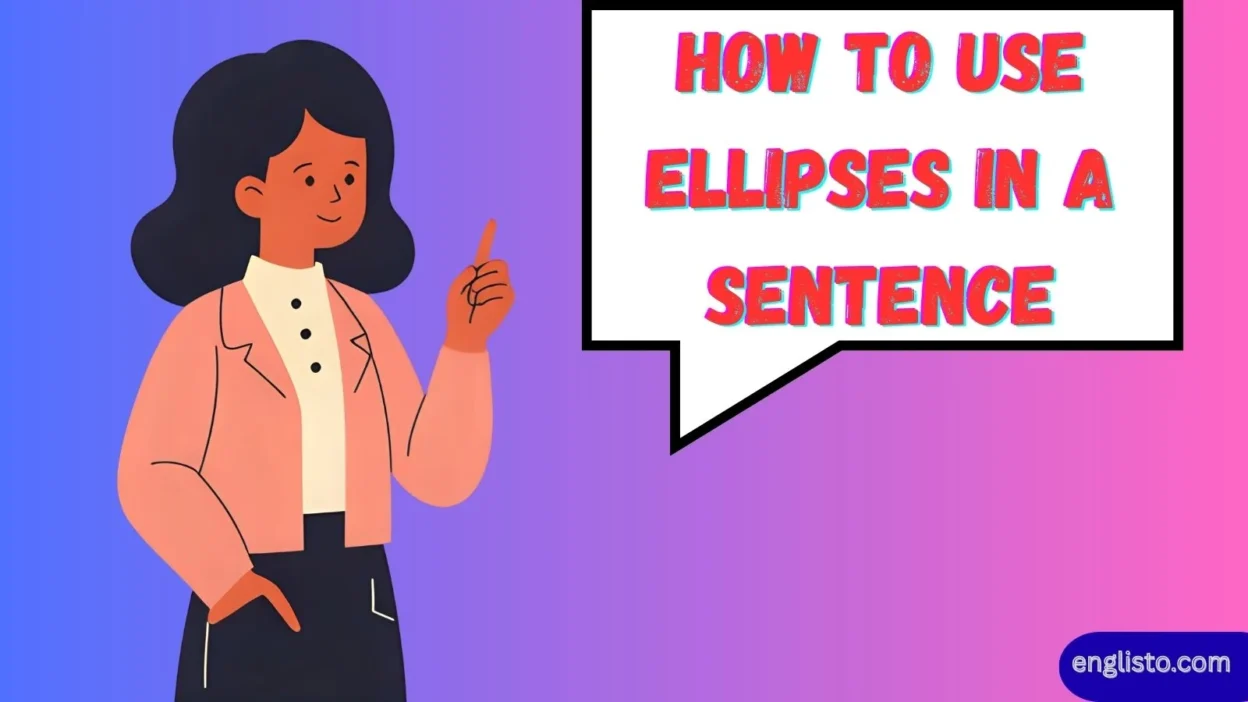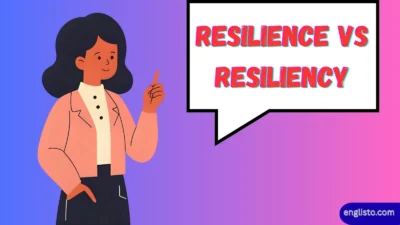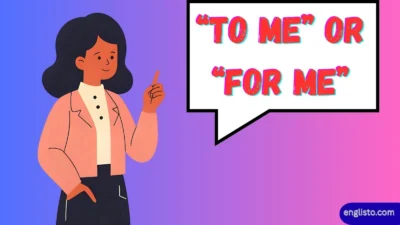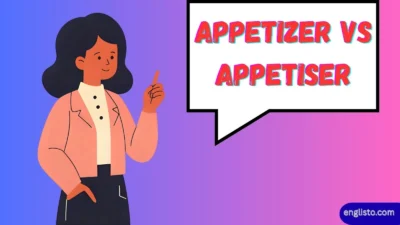Ellipses—those familiar three dots (…)—may look small, but they play a surprisingly powerful role in writing. Whether you’re drafting an essay, quoting a famous speech, narrating dialogue in a novel, or even texting a friend, ellipses can shift tone, add suspense, condense text, or mark omissions. Used properly, they make your writing crisp and expressive. Used carelessly, they risk leaving your readers confused, distracted, or even misled. How to Use Ellipses in a Sentence.
This guide unpacks everything about ellipses: their history, rules, practical uses, and common pitfalls. You’ll learn when to use them in formal writing, how to apply them in creative storytelling, and what style guides like Chicago Manual of Style, APA, and MLA recommend. We’ll also dive into real-world examples, tables comparing styles, and even typographic details about spacing and formatting.
What Is an Ellipsis?
An ellipsis (plural: ellipses) comes from the Ancient Greek word élleipsis meaning omission or falling short. At its simplest, it’s a punctuation mark of three consecutive dots (…) used to indicate something is left out, paused, or trailing.
Ellipses have been part of writing systems for centuries, often tied to quotations, omissions, or rhetorical pauses. They appear in:
- Formal writing (academic papers, legal texts, research citations)
- Creative writing (novels, plays, poetry, dialogue)
- Everyday communication (emails, chats, texting lingo)
Here’s a quick look at what ellipses can signal:
| Function | Example | Meaning |
| Omission | “We the people … establish justice.” | Words removed but meaning preserved |
| Pause in thought | “I was thinking … maybe we should leave.” | Hesitation, uncertainty |
| Trailing off | “Well, if that’s how you feel …” | Unfinished thought, emotion left hanging |
| Dramatic suspense | “And then, suddenly …” | Creates anticipation |
Read More: Tenterhooks or Tenderhooks? The Real Meaning Behind the Phrase
The Role of Ellipses in Quoted Material
Ellipses are essential when you’re shortening quotations without altering the core meaning. They help keep writing concise, focused, and professional, especially in research, journalism, and academic papers.
Example with omission:
Original: “All council members who forfeit their seats by failing to attend meetings without a reasonable excuse shall lose their voting rights.”
With ellipsis: “All council members … failing to attend meetings … shall lose their voting rights.”
This retains the core meaning while removing unnecessary words.
Style Guide Variations
Different guides have slightly different ellipsis rules:
| Style Guide | Rule for Ellipses in Quotations |
| APA | Use three spaced dots ( . . . ). Four dots if the omission comes at the end of a sentence. |
| MLA | Uses three dots with spaces between each, and a fourth dot when the ellipsis follows a full stop. |
| Chicago | Prefers a closed ellipsis (…) with non-breaking spaces around it, unless at the start or end of a quote. |
Using Ellipses for Pauses and Trailing Thoughts
Ellipses aren’t only about omissions—they’re also about tone and pacing.
- In dialogue:
“I don’t know… maybe tomorrow.” → Suggests hesitation.
“So, you were saying…” → Indicates the speaker expects continuation. - In narrative:
“The dog froze, staring at the squirrel… then bolted.” → Builds suspense. - In informal writing:
“Fine… do whatever you want.” → Adds a passive-aggressive or dramatic effect.
These uses create rhythm in your writing, almost like a pause in speech.
Formatting Ellipses Correctly
Spacing and consistency matter. Different languages, fonts, and style traditions treat ellipses differently.
Common Formats
| Format | Example | Notes |
| Three dots with spaces | “word . . . word” | APA/MLA preference |
| Three dots without spaces | “word…word” | Chicago preference |
| Four-dot ellipsis | “sentence…. Next” | When omission includes a period |
| Special characters | U+202F (narrow no-break space), U+00A0 (non-breaking space) | Used in professional typography |
Font and Typographic Nuances
- Fonts like Baskerville or Trajanus display ellipses more elegantly than default system fonts.
- Ellipsis glyph (…) is better than typing three separate periods (…).
- Consistency is key: choose one format and apply it throughout.
Ellipses in Creative Writing
In fiction and poetry, ellipses often represent the unspoken, the uncertain, or the emotional.
- Suspense: “He opened the tomb, the dust swirling… and gasped.”
- Uncertainty: “Maybe… I don’t know if I’m ready.”
- Emotional pause: “I loved her… once.”
Writers like Shakespeare, Oscar Wilde, and modern novelists all used elliptical pauses to capture the rhythm of human thought.
Think of ellipses as the whisper of punctuation—they can signal things left unsaid, creating intimacy with the reader.
Common Pitfalls and Misuses
Overusing ellipses can make your text look unprofessional, vague, or lazy.
Pitfalls to avoid:
- Using ellipses as a filler when you’re unsure (“Umm … I guess … maybe …”).
- Replacing all pauses with ellipses instead of commas, colons, or dashes.
- Adding too many dots (…… instead of …).
- Misrepresenting a source by omitting key words without brackets or explanation.
Better approach:
- Use ellipses sparingly, like spices in a dish.
- Read aloud: if the ellipsis disrupts flow, replace it with another mark.
- Maintain clarity and integrity—never use ellipses to distort meaning.
Ellipses Across Contexts
| Context | Example | Function |
| Legal / Academic | “The Constitution … establishes justice.” | Focus on relevant segment |
| Journalistic | “The senator said, ‘We must … reformed laws.’” | Cuts down long quotes |
| Texting / Casual | “I’ll see you later…” | Trailing thought, casual tone |
| Literary | “The night was dark… and endless.” | Creates dramatic mood |
| Nonfiction | “Martin Luther King, Jr. declared, ‘I have a dream …’” | Maintains integrity but condenses |
Ethical Use of Ellipses
Using ellipses ethically means respecting the original author’s meaning while editing for clarity or brevity.
- If you cut a phrase, ensure the core message remains intact.
- If the omission could mislead, add square brackets to clarify:
“The council [members] … shall lose their seats.” - Avoid cherry-picking quotes in ways that alter intent.
Ellipses should enhance readability and maintain trust—not manipulate.
Advanced Techniques and Variations
- Ellipsis vs. Dash: A dash (—) signals abrupt breaks; ellipses (…) suggest fading or hesitation.
- Ellipsis in parentheses: (…) left unsaid. Adds a contemplative undertone.
- Ellipsis in academic writing: Ensure consistency with your chosen style guide.
- Creative typography: In graphic novels or chats, ellipses appear in speech bubbles to pace dialogue visually.
Writers and editors often develop a personal “feel” for ellipses, balancing precision, clarity, and style.
Conclusion
Ellipses are far more than just “dot-dot-dot.” They serve as tools for clarity, conciseness, pacing, emotion, and dramatic effect. Mastering their use means knowing when to omit, when to pause, and when to let silence speak louder than words.
Applied carefully, ellipses can transform writing from clunky and verbose into something fluid, expressive, and professional. But remember—the secret lies in moderation. Too many ellipses, and your writing collapses into ambiguity. Used wisely, they become one of the most elegant marks in punctuation.
FAQs about Ellipses
Q1. Are ellipses always three dots?
Yes, in most cases. But when an ellipsis follows a full stop, it often becomes a four-dot ellipsis (period + three dots).
Q2. Should I put spaces between ellipsis dots?
It depends on the style guide. APA and MLA prefer spaced dots (. . .), while Chicago prefers a single glyph (…).
Q3. Can I use ellipses in formal academic writing?
Yes—especially when shortening quotations. Just follow your citation style’s specific rules.
Q4. What’s the difference between ellipses and dashes?
A dash shows abrupt interruption or emphasis. Ellipses suggest trailing, omission, or hesitation.
Q5. Why do people use ellipses so much in texting?
Because they mimic spoken pauses—adding drama, sarcasm, or passive-aggressive undertones in casual conversation.



